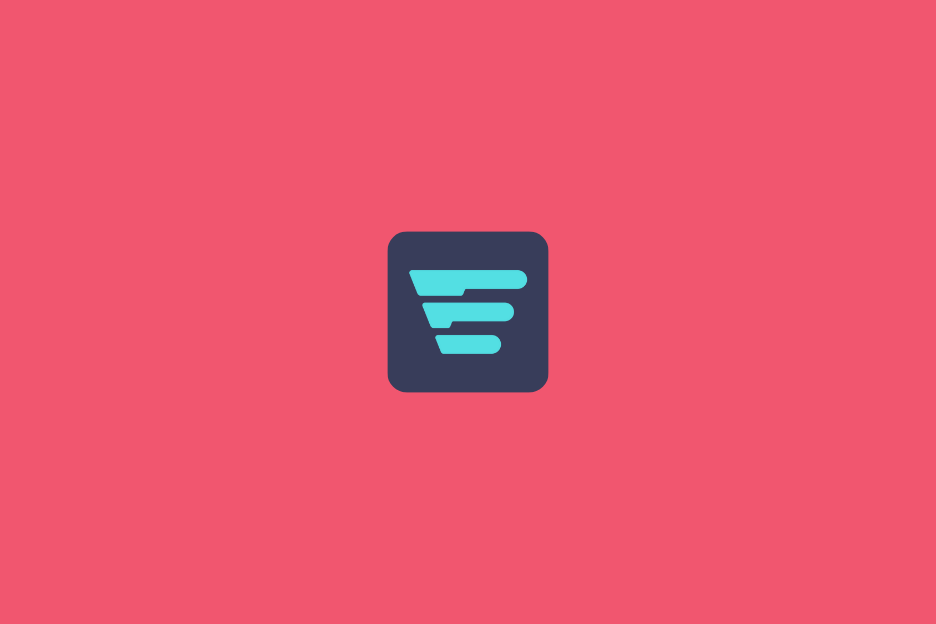When compared to running a physical store, ecommerce can on the face of it appear to be a much more cost-efficient option for retailers who want to cut down their overheads. But ecommerce comes with overheads of its own. And in today’s hyper-competitive retail landscape, where platform fees, transaction charges, and app dependencies can erode margins fast, understanding these costs is essential.
Below, we break down the typical overheads ecommerce retailers face, how different platforms compare, and why your platform choice is often the biggest driver of your long-term profitability.
What overheads do ecommerce retailers face?
While online retailers avoid traditional costs like rent, utilities, and in-store staffing, ecommerce comes with its own fixed overheads:
Licence fees
Transaction fees
Hosting costs (if not SaaS)
Support and maintenance
Apps, plugins, and third-party tools
While operational costs (shipping, packaging, marketing) vary with sales volume, platform-related overheads are fixed, meaning you pay them whether or not you’ve made a sale. That’s why choosing a high-performance, low-overhead platform is strategically crucial.
Market context: Why overheads matter more than ever
The ecommerce landscape in 2025 is defined by:
Fierce competition — estimates range from 12–24 million online stores worldwide
Rising acquisition costs — digital ad spend and CPCs continue to climb
Higher customer expectations — speed, UX, flexibility, personalisation
Platform dependency risk — some platforms are increasing fees or restricting integrations
In such a competitive market, the difference between thriving and plateauing often comes down to profit margin protection. Hidden or escalating platform overheads can quietly erode your margins, even when sales grow.
This makes the underlying ecommerce platform not just a technical decision, but a commercial one.
How major ecommerce platforms compare on overheads in 2025
Every platform has strengths and weaknesses, but each comes with cost implications retailers must consider carefully.
Shopify and Shopify Plus
Licence fees: predictable, but Shopify Plus has increased pricing since 2024
Apps: heavy reliance on paid apps for basic functionality
Transaction fees: retailers pay Shopify fees plus card processing (unless using Shopify Payments)
Hosting: included
Verdict: Easy to get started, high long-term app and transaction overheads.
Magento (Adobe Commerce)
Licence fees: Adobe Commerce now ranges from ~£20k–£200k+ depending on GMV
Hosting: additional cost unless using Adobe Commerce Cloud
Maintenance: heavy development overheads
Apps: paid extensions often required
Verdict: Extremely powerful, but costly to host, maintain, and extend.
WooCommerce
Licence fees: free technically, but…
Hosting: significant cost for performance
Plugins required: security, checkout, backups, caching, UX… many paid
Maintenance: high technical overheads unless you have in-house expertise
Verdict: Low entry cost, high long-term maintenance and hosting cost.
Composable commerce platforms (Commercetools, BigCommerce Enterprise)
Licence fees: enterprise-level
Hosting: included
Apps / integrations: often custom and costly
Maintenance: requires strong technical team
Verdict: Enterprise scalability, but steep learning curve and cost barrier.
Taking a broader perspective: How overheads affect long-term profitability
Choosing a platform shouldn’t just be about launch costs. It should be about whether your platform will protect or erode your margins over time.
Convenience vs. control
SaaS platforms reduce technical headaches but often:
Lock you into higher transaction fees
Limit integration flexibility
Require multiple paid apps
Open-source or developer-friendly frameworks provide control, but only if the platform isn't bloated or costly to maintain.
Functionality vs. feature bloat
Some platforms overwhelm retailers with features that:
Slow down site performance
Increase hosting requirements
Make maintenance more complex
Push you toward dependency on paid extensions
High performance, not feature volume, drives conversions.
Speed directly impacts your overheads
Slow sites increase:
Bounce rates
Ad waste
Customer acquisition cost
Lost conversions
Google research confirms:
A 1s → 3s load time increase = +32% bounce probability
A 1s delay = up to 7% conversion loss
Your platform underpins your ability to generate enough revenue to offset your fixed costs.
Can you start with an advantage? Yes, if you choose the right platform.
Aero was built specifically to address the profitability challenges modern retailers face:
Total annual platform costs ~50% lower than Adobe Commerce or Shopify Plus
Minimal reliance on paid apps thanks to powerful out-of-the-box functionality
Lean infrastructure dramatically reduces hosting requirements
Lightning-fast page load speeds improve conversions and reduce wasted ad spend
Transparent, predictable licence fees with no forced add-ons
Freedom to choose your own payment provider with no punitive transaction fees
Aero gives retailers the performance advantage of an enterprise platform with the lean overhead profile of a modern, efficient architecture.
You start ahead, and stay ahead.
Lower your overheads. Increase your profit. Strengthen your business.
Overheads are unavoidable — but unnecessary overheads aren’t.
With the right ecommerce platform, you can:
Reduce fixed costs
Boost conversions through speed
Scale without bloat
Maintain full control over your revenue
Aero was built to make that possible.
Want to see how Aero cuts costs and increases performance for ambitious retailers?
Book a demo with our team today.


